
The successful Mobile World Congress held recently in Barcelona has...

Its spin-off, Peptomyc, is immersed in its second clinical trial,...

The CEO of Acció, Albert Castellanos, and the president of...
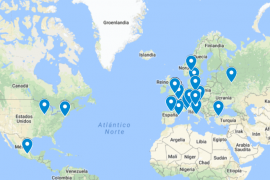
Three Catalan restaurants – El Celler de Can Roca (2),...

What happens when a person comes in contact with the...

"Mirrors, inside and outside of reality" is one of the...

Pregnancy immerses the expectant woman in a sea of joys...

The festival redoubles its commitment to offering a wide variety...

CosmoCaixa commemorates the half century of the arrival to the...

Minister for Enterprise and Knowledge Àngels Chacón highlights that “over...
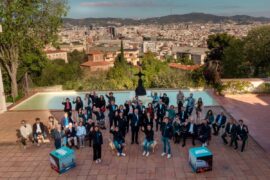
Música clásica sobre la arena de la playa en dos...
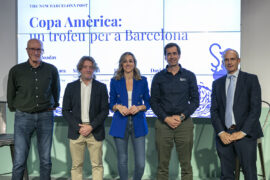
The first session of the cycle on the regatta organized...

The hospital's managing director, Manel del Castillo, and the pharmaceutical...

Generalitat y Ayuntamiento impulsarán dos equipamientos de 'Casa de les...
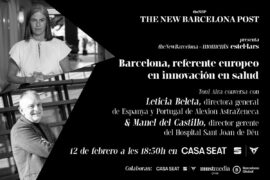
Leticia Beleta, director of Alexion Pharmaceuticals in Spain and Portugal,...

We all have a friend who never leaves the Gràcia...

Barcelona director opts for Best International Film with 'La sociedad...
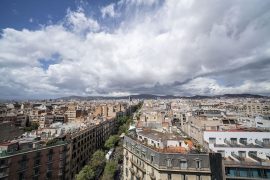
The hotel and industrial sectors softened the market's decline last...

The technology company, with a workforce of 35 employees and...

“The women of yesteryear were strong and had to fight...
[dropcap letter=”J”]
acques-Yves Cousteau, officer of the French navy, achieved worldwide fame in his civil life as an explorer and researcher of the underwater world. A born seducer, he knew how to charm producers, sponsors and the audience of his film and television documentaries. During his international conferences, which he used to promote his halo of chic adventurer and to raise funds for his oceanographic foundations, he repeated ideas which made his audience think. “Our planet should not have been called Earth, but planet Water,” said Cousteau solemnly, while he showed a world map or a picture of Earth from space.
Cousteau loved nature and was fascinated by all the potential that was hidden under oceans and seas. He always thought about the little we know about something that’s so close. We actually have something in Barcelona that is directly related to the sea that’s also close by and not very well known: the port, a huge economic driving force that is permanently in motion and not very well known unless you’re directly linked to it on a day to day basis. Always present, although we can’t really know its scope, its actual importance for the city, for this great metropolis’ economy and, in general, the enormous influence it has over Barcelona.
The port lives seven parallel lives. Some are better known than others. Some are integrated into the city and others are so tucked away that one could practically say that they are conveniently hidden from unnecessary looks.


And why is the port of Barcelona so important? Well, because 90% of world trade is transported by sea, a remarkable figure. As is the 61 million tons of goods (26% more than last year) transported by ship to or from Barcelona and that shows the great importance of these facilities, a place that isn’t very well known but is fundamental for the functioning of the city, the whole country and their economy.
[dropcap letter=”J”]
acques-Yves Cousteau, officer of the French navy, achieved worldwide fame in his civil life as an explorer and researcher of the underwater world. A born seducer, he knew how to charm producers, sponsors and the audience of his film and television documentaries. During his international conferences, which he used to promote his halo of chic adventurer and to raise funds for his oceanographic foundations, he repeated ideas which made his audience think. “Our planet should not have been called Earth, but planet Water,” said Cousteau solemnly, while he showed a world map or a picture of Earth from space.
Cousteau loved nature and was fascinated by all the potential that was hidden under oceans and seas. He always thought about the little we know about something that’s so close. We actually have something in Barcelona that is directly related to the sea that’s also close by and not very well known: the port, a huge economic driving force that is permanently in motion and not very well known unless you’re directly linked to it on a day to day basis. Always present, although we can’t really know its scope, its actual importance for the city, for this great metropolis’ economy and, in general, the enormous influence it has over Barcelona.
The port lives seven parallel lives. Some are better known than others. Some are integrated into the city and others are so tucked away that one could practically say that they are conveniently hidden from unnecessary looks.


And why is the port of Barcelona so important? Well, because 90% of world trade is transported by sea, a remarkable figure. As is the 61 million tons of goods (26% more than last year) transported by ship to or from Barcelona and that shows the great importance of these facilities, a place that isn’t very well known but is fundamental for the functioning of the city, the whole country and their economy.
